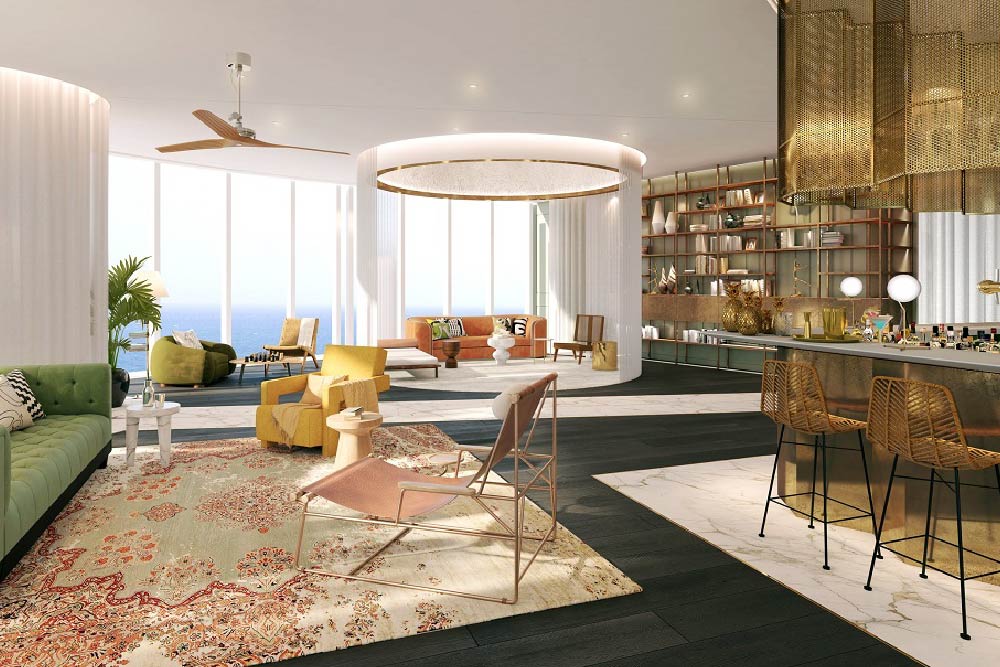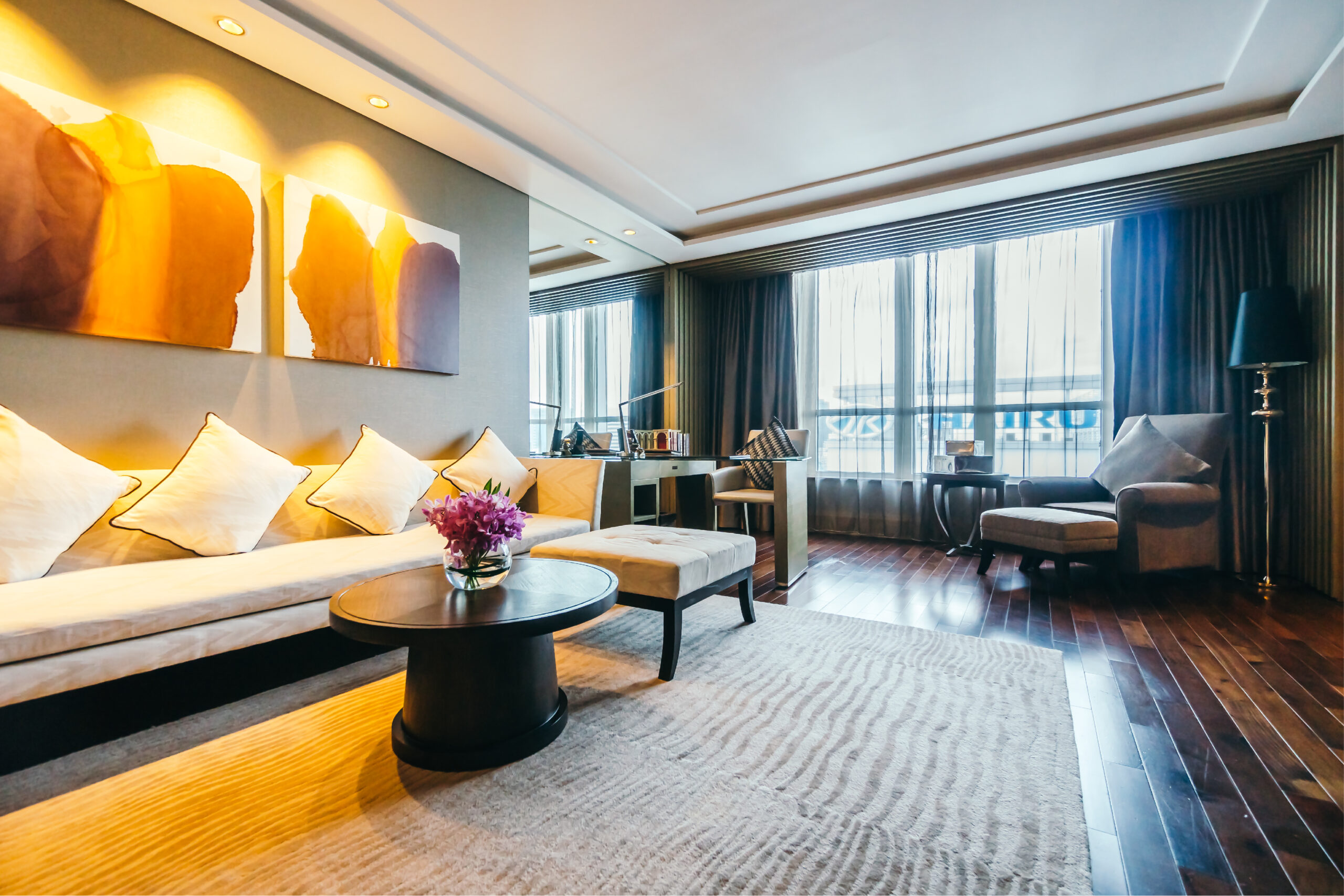
Luxury real estate today is defined by more than just prime locations and exquisite design, it is about identity, association, and the influence of a globally recognized name. For Ultra-High-Net-Worth Individuals (UHNIs), a home is not just a place to live but a reflection of personal taste, influence, and a carefully curated lifestyle. This evolving mindset is reshaping India’s luxury housing market, driving a clear shift towards signature residences by luxury brands over traditional luxury homes.
In recent years, this segment has moved from niche to mainstream. Branded residences command a 30% price premium globally on average, yet continue to experience strong absorption, particularly in luxury growth markets like India. The demand is no longer just about luxury, it’s about what the brand signifies: status, trust, lifestyle, and investment stability.
Branded Residences: A New Language of Luxury
Unlike conventional high-end homes, a branded residence is created in partnership with an international brand. Collaborations span across fashion, hospitality, design, and automotive brands such as Armani, Versace or Four Seasons, names that already hold strong recognition in the minds of buyers. These partnerships introduce a specific design approach, a high-end service model, and a commitment to quality that differentiates these residences within the high-end real estate market.
While the concept originated in the early 20th century, it has evolved into a strategic asset class, combining high-end living with brand-driven desirability. Today, buyers’ high-net-worth lifestyle choices are acting as a driving force behind the rise of branded residences over traditional luxury homes.
Why UHNIs Gravitate Towards Branded Residences
As seen earlier, for Ultra-High-Net-Worth Individuals, the value of a property is increasingly defined by the lifestyle it offers and the narrative it holds. What truly sets branded residences apart from traditional luxury homes is the ecosystem of access, service, and elevated living that comes with them.
Key differentiators include:
- Concierge services: 24×7 lifestyle management, including personal assistance, reservations, guest services, and event coordination
- Signature amenities: Spa lounges, wine cellars, art galleries, private screening rooms, wellness zones, and more, curated to reflect brand identity
- Professional asset management: Housekeeping, maintenance, landscaping, and security handled to international hospitality standards.
- Brand-linked privileges: Access to global experiences, memberships, or loyalty networks based on brand affiliations
- World-class interior design: Brand-conceptualised layouts, materials, and detailing that surpass conventional luxury homes
- Curated resident community: Like-minded homeowners who value privacy, sophistication, and cultural refinement
Ultimately, these homes align with evolving high-net-worth lifestyle choices, where emotional resonance, brand identity, and exclusivity carry equal weight as tangible specifications.
Investment Value: Why Branded Real Estate Delivers More
Branded residences offer distinct investment advantages over traditional luxury homes, delivering stronger capital appreciation, higher rental yields, and better resale value. Their exclusivity is maintained through limited inventory and sustained demand, while brand affiliation enhances buyer confidence and market desirability. Additionally, professional asset management ensures consistent upkeep, preserving long-term value and making these properties particularly appealing to high-net-worth tenants and international investors.
As per a recent report on exclusive high-end property market insights, the branded residence segment in India is poised for a 60% growth by 2027, reflecting sustained confidence in this model among both investors and developers. These properties are more than just high-end real estate, they offer a refined living experience while delivering strong investment potential and long-term value.
Pune: An Emerging Market for Branded Residences
Mumbai and Delhi NCR remain key hubs for luxury real estate, but Pune is seeing increased activity in the branded residences segment. Rising income levels, ongoing urban development, and a growing base of high-net-worth individuals (HNIs) are driving demand. With an expanding portfolio of luxury developments, Pune is positioning itself as a viable market for branded residences within India’s luxury real estate landscape.
Signature branded projects in the city include:
- YOO PUNE by Philippe Starck: India’s first ready-to-move-in YOO branded residences, set within 13 acres of lush greenery in Hadapsar, Pune, offering designer-led living crafted by renowned designer Philippe Starck
- YOO Villas: Serene villa community designed for sophisticated living, blending nature with elegant interiors, crafted in collaboration with the YOO brand and styled by internationally acclaimed designer Kelly Hoppen.
- Trump Towers Pune: India’s first ready-to-move-in Trump Towers branded residences offering exceptional design, world-class amenities, and the signature Trump lifestyle in the heart of Pune.
- YOO ONE: Designed by Sussanne Khan for YOO, this modern icon blends craftsmanship and thoughtful details to create a harmonious and inspiring living experience.
Luxury living is evolving, moving beyond grandeur to personal identity and beyond expansive spaces to meaningful design. Ultra-luxury residences today are as much about aspiration as they are about financial performance. Branded residences, in particular, stand at this intersection, offering exclusivity, lasting value, and a sense of belonging. With limited availability and strong demand, they continue to shape the future of India’s high-end real estate market.
At SQUAREA, our team of experts understand that luxury is no longer transactional, it’s transformational. Whether you’re acquiring a legacy asset or investing in your next statement home, we bring you access to the finest branded residences India has to offer. For more details, get in touch with us at hello@squarea.io or contact +91 90 9641 9641




